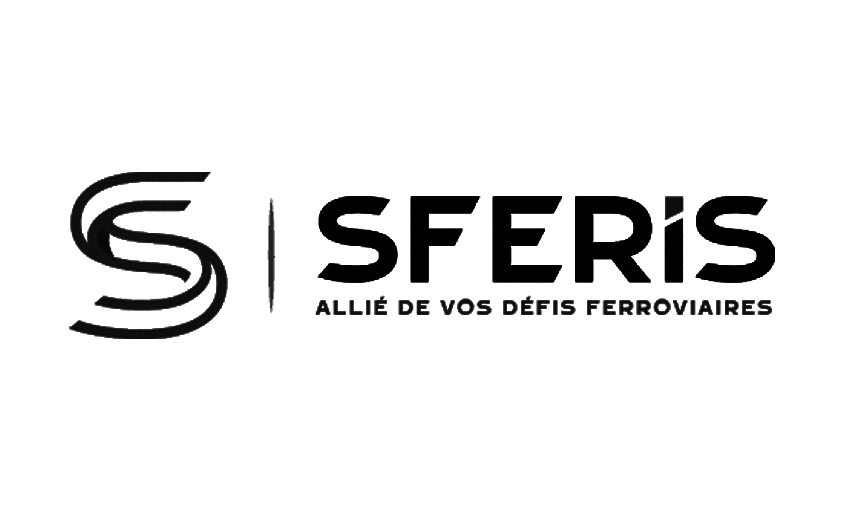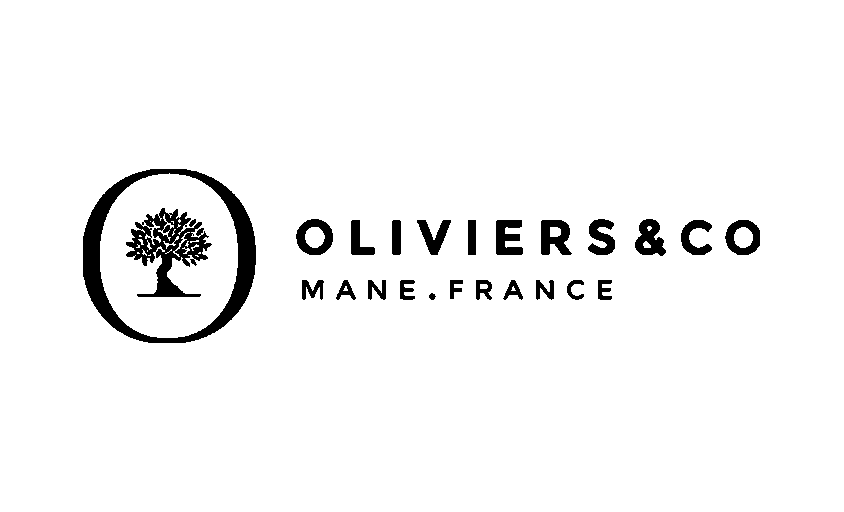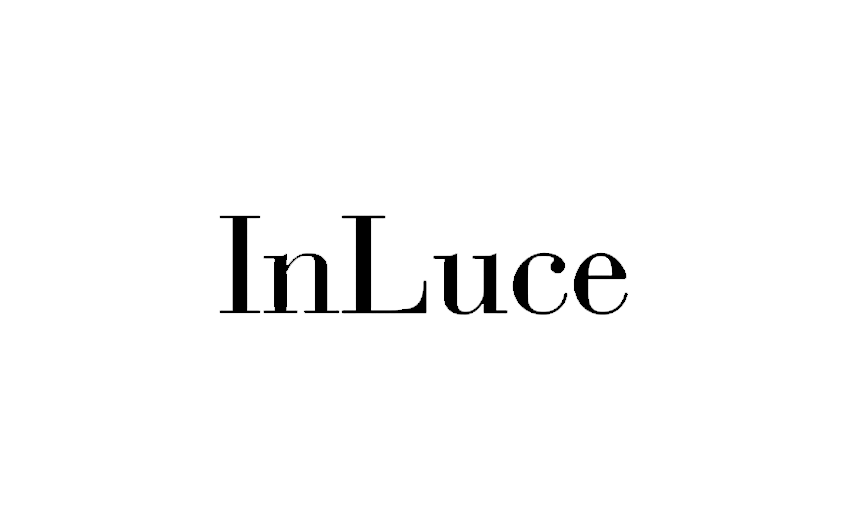Photography Portfolio Book
In this article :
In the world of photography, a photographer’s portfolio is much more than just a collection of images. It is a true calling card that reflects not only the photographer’s technical skills but also their artistic vision, style, and ability to understand and meet clients’ needs. Whether you are a beginner photographer looking to make your mark in the industry or an experienced professional seeking to attract new clients, a well-designed portfolio is essential.
In this article, we will explore the importance of a photography portfolio, what it should contain, and how it can play a key role in your career.
What Is a Photography Portfolio?
A photography portfolio is a carefully selected collection of your best photos, presented professionally to showcase your skills. It is the primary tool through which potential clients assess your ability to deliver quality work. This portfolio can take various forms: a printed album, a PDF, or a professional website.
The Role of the Portfolio in Personal Presentation
The portfolio allows you to present your work in the best light while also showcasing your personality. Unlike a traditional resume, a portfolio is an interactive showcase that lets others directly see your style, skills, and artistic vision. It is a virtual first encounter with you and your work.
Why Is a Portfolio So Important for a Photographer?
Having a portfolio is not just an option, it is an absolute necessity for any photographer who wants to get noticed and advance in the industry. Here’s why:
1. A Decisive First Impression
When a client is looking for a photographer, the first thing they do is check the portfolio. It is their first impression of you. If the portfolio is well-presented, consistent, and shows diversity while highlighting your unique style, you have every chance of capturing their attention.
2. Showcasing Your Skills and Growth
A portfolio also allows you to demonstrate your progression as a photographer. It is often used as a way to document your artistic and technical evolution, which is particularly important for beginners or those changing careers. It not only shows what you are capable of doing today but also your ability to improve over time.
3. Attracting the Right Clients
A well-designed portfolio helps you attract clients who match your style. Whether you specialize in fashion photography, wedding photography, corporate photography, or portraits, your portfolio helps filter out people looking for what you offer. It is an excellent way to show that you are an expert in your field.
What Should a Photography Portfolio Contain?
A well-structured portfolio is essential for making a strong impression. Here are the elements you absolutely need to include in yours:
1. A Selection of Your Best Photos
Of course, the photos are the heart of your portfolio. But it’s not just about selecting images you like. Each photo should showcase your technical skills, such as exposure, composition, lighting, and retouching. It is crucial to avoid cluttering your portfolio with too many photos. Choose a limited but impactful selection that illustrates the diversity of your skills and style.
2. Consistency in Style
While your portfolio should present a variety of work, it must also have a cohesive theme. Whether in terms of lighting, colors, or ambiance, visual consistency in your photo selection is essential. A portfolio that is too eclectic could confuse the viewer and give the impression that you lack artistic direction.
3. Information About You and Your Services
In addition to photos, it is important to include information that helps clients get to know you and understand your services. Add a brief introduction, details about the services you offer (photo shoots, retouching, wedding photography, etc.), and your contact information. Don’t forget to mention your rates if possible, or indicate that you are available to discuss personalized quotes.
How to Create a Photography Portfolio That Stands Out
Creating a portfolio that grabs attention and reflects your professional qualities takes some effort, but it’s an investment that pays off. Here are some practical tips to make your portfolio stand out:
- Pay Attention to Presentation and Layout
A poorly presented portfolio, with poorly arranged photos or an unprofessional layout, can damage your image. Even if the content is high-quality, the format must be impeccable. Invest in a clean layout using tools like Adobe InDesign or online portfolio platforms such as Squarespace or Wix.
- Diversify Your Photos Without Losing Your Identity
While consistency is important, it is also necessary to show the diversity of your work. If you are a fashion photographer, include photos of runway shows, studio shoots, and portraits. If you work in the corporate field, showcase professional portraits, corporate reports, etc. Demonstrate that you can work in various contexts while maintaining your artistic identity.
- Regularly Update Your Portfolio
Your portfolio is not static. It should be regularly updated to include your latest work. Not only does this show that you are active, but it also allows your clients to see your evolution. Regular updates help you keep your work fresh and relevant to market trends.
The Digital Portfolio
Nowadays, a physical portfolio is less commonly used than before. Most clients prefer to view online digital portfolios. Therefore, it is in your best interest to invest in a digital portfolio that can be shared instantly. Platforms like Behance, Flickr, or 500px are ideal for hosting your portfolio. Also, consider creating your own professional website.
SEO for Your Digital Portfolio
If you create an online portfolio, make sure to optimize its SEO. Use relevant keywords such as “wedding photographer,” “corporate photographer,” etc., to improve your site’s visibility on search engines. Effective SEO will help you get noticed by potential clients.
Conclusion
A well-designed portfolio is essential for success in professional photography. It is more than just a collection of photos; it is a showcase of your skills, style, and vision. Whether you are a portrait photographer, wedding photographer, or specialize in fields like architecture or fashion, an effective portfolio is an indispensable asset for attracting clients and boosting your career.
Contact us for advice on creating your own photography portfolio and discover how it can help take your career to the next level.
Jérémy Carlo is the editorial director at Rétines, where he ensures the consistency and clarity of all content produced by the studio.
Our Clients
Let’s discuss
What we do for you at Rétines
Meticulous work, an organised project and fast delivery. And to achieve this, we mobilise the right resources in our teams at the right time.
01
Pre-production
Artistic and technical direction tailored to the project.
Relevant recommendations on content, form and resources.
02
Photo Shooting
Photos taken by our experienced photographers.
Production that’s controlled, efficient and tailored to the needs of the project, with nothing superfluous.
03
Retouching
Technique
Photographs magnified by our retouching team.
Post-production to meet the commercial challenges of the brief.












